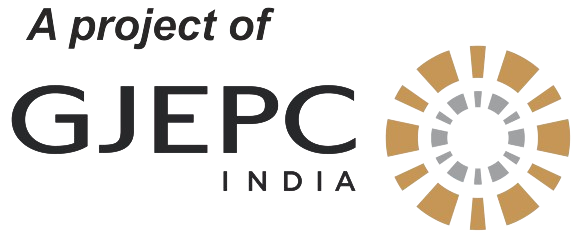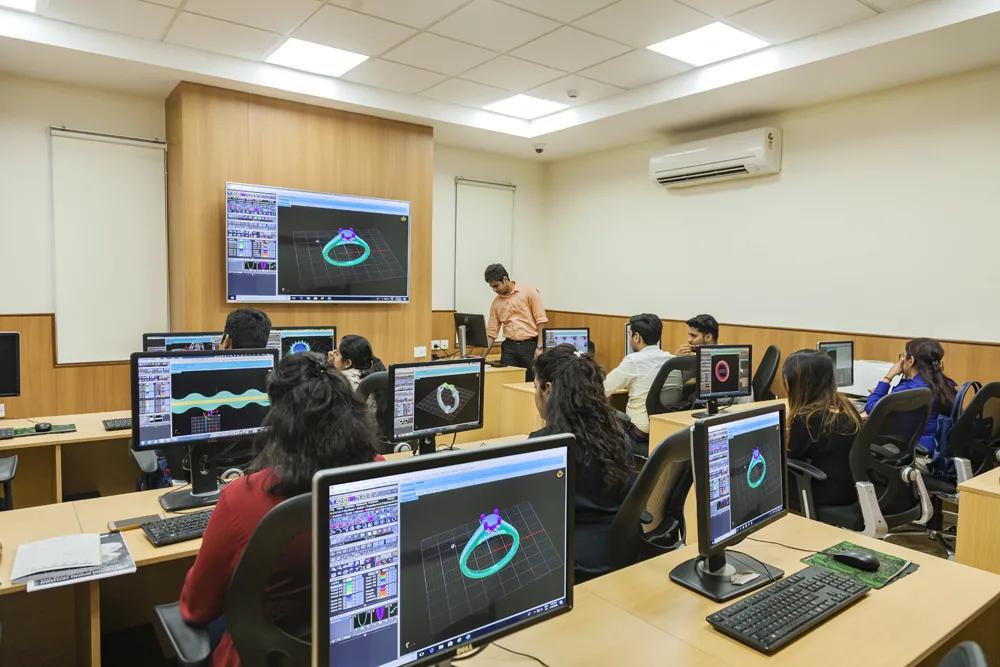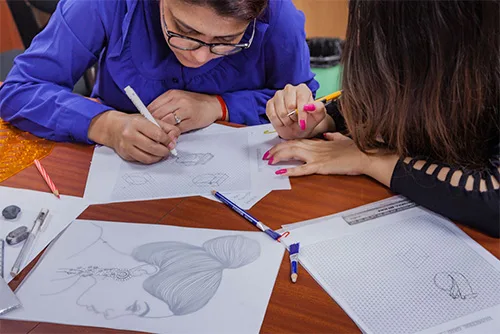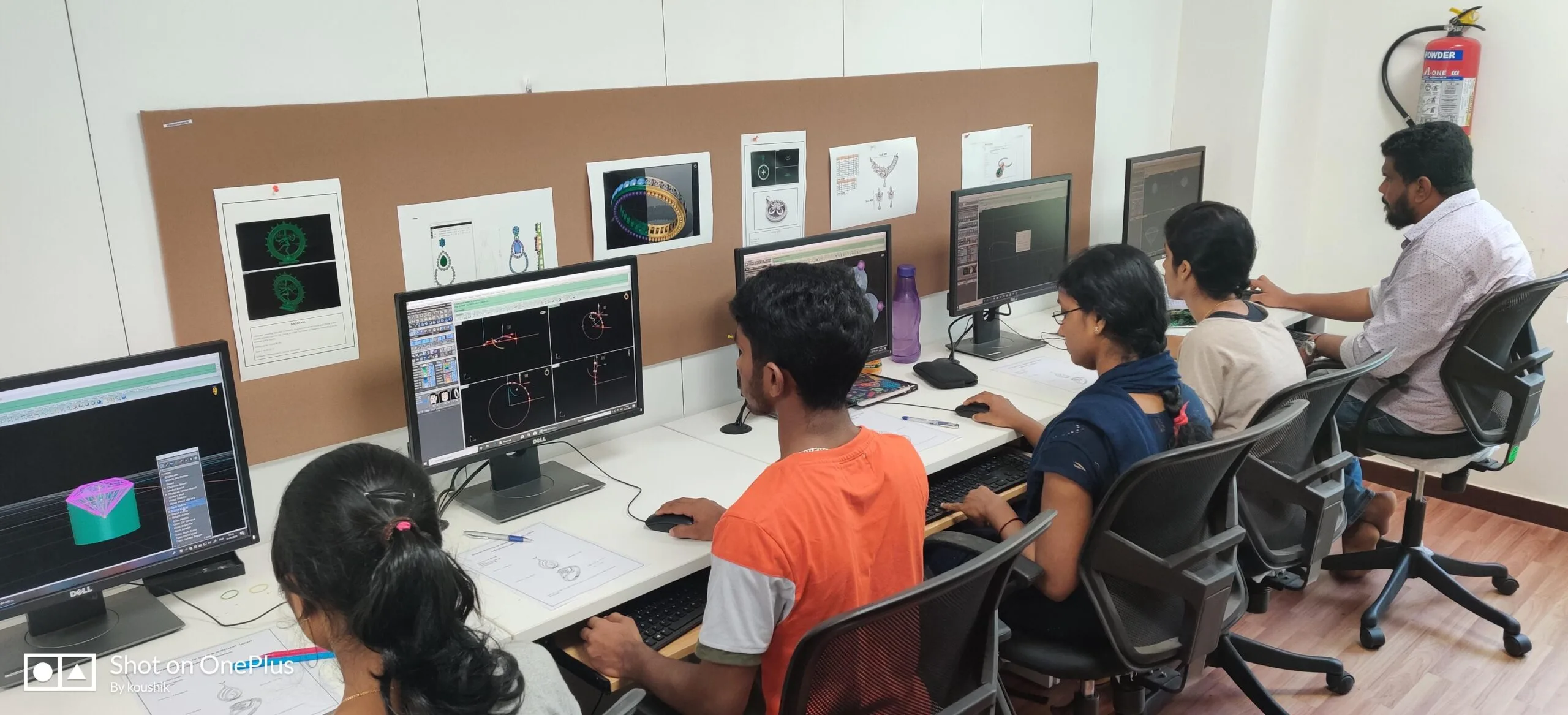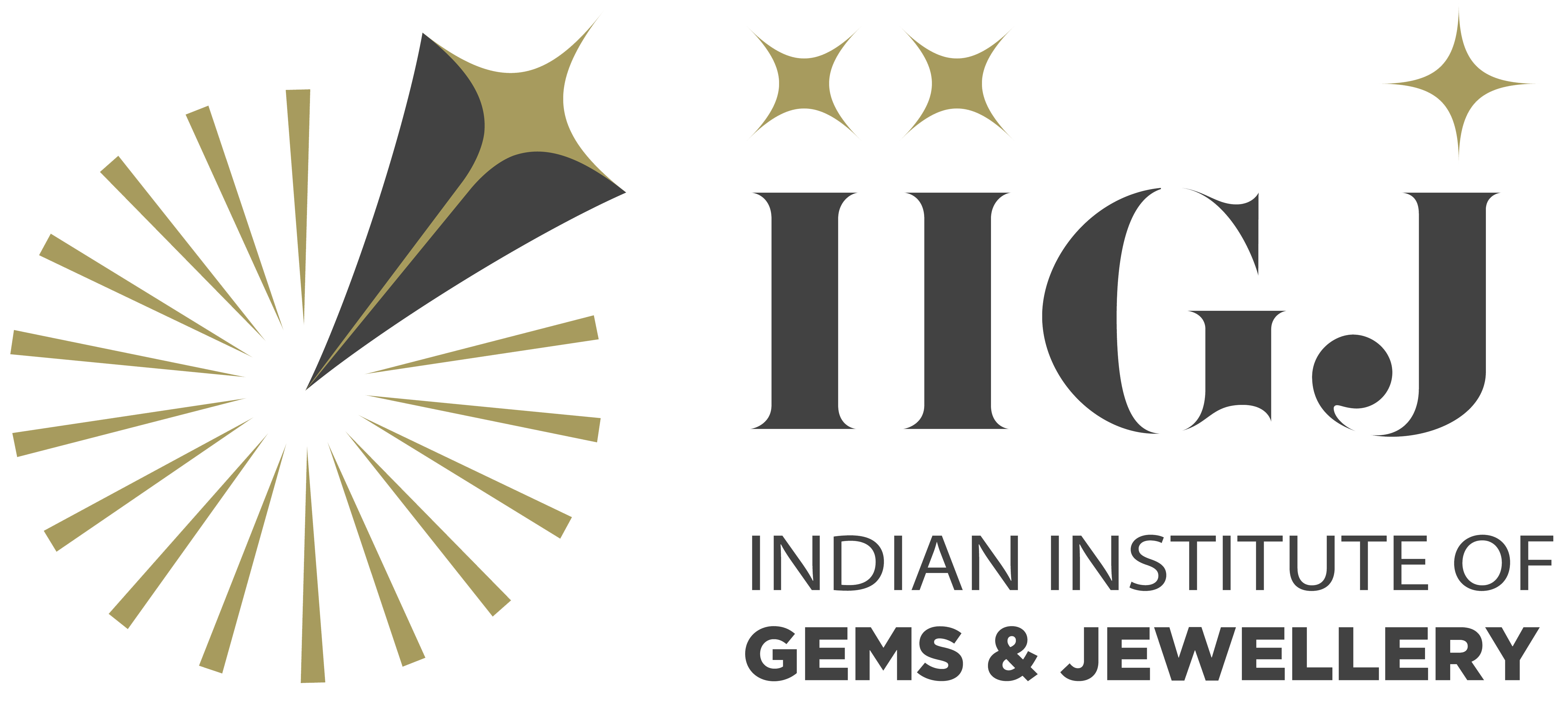
When you know a few basics about diamonds you can confidently pick your diamond jewellery, from the best engagement ring to a diamond eternity band. Often people are unaware of the 4Cs and the basic difference between diamond weight, measurement and size. It is these factors that work together to maximize the beauty and value of a diamond. So, today let’s understand the meaning of the carat and the cut.
Understanding diamond weight
A carat is a globally recognized standard for the weight of a diamond. In the 4C’s of diamonds – Cut, Colour, Clarity and Carat – carat refers to diamond weight, not its physical size. It is one of the main aspects that influences the price of a diamond. However, two diamonds of equal weight can be unequal in value, depending upon the other 3 specifications i.e. Cut, Colour and Clarity.
How did the carat system start?
For centuries gem traders used carob seeds to measure jewellery because they believed that there was minimum variance in the distribution of their mass. They used these small and uniform seeds as counterweights in their balance scales to mostly weigh gold. In the 1570s, jewellery traders began to use carob seeds to weigh diamonds as well. Slowly this practice grew, and each country began to adopt its own carat system, but there was no uniformity.
In 1907, at the Fourth General Conference on Weights, the modern metric carat was adopted. It was introduced in the USA in 1913, and later spread to other countries as a standard measure for diamonds and other gemstones. Today, in the jewellery trade worldwide, a one carat (1 ct) diamond is equal to 200 milligrams or 0.2 grams. This is a universal measure for gemstones.
How carat weight influences diamond value
When you divide the price of a diamond by its carats, it gives you its price per carat. The larger the diamond, the more expensive is the per carat weight. In natural large size diamonds, that are rarer than smaller-sized diamonds, as the carat weight increases, the value of the diamond also increases. However, the rise in value is not proportionate to the increase in the size of the diamond. It simply means the diamond prices increase exponentially as carat weight increases.
There is also the magic weight that influences the price of diamonds. At a magic weight, the price of a diamond generally shoots up. Therefore, if you are planning to buy a one-carat solitaire engagement ring, it may be a good idea to compare the price with a 0.96ct diamond. There will be a significant price difference between the two stones but a negligible difference in the overall size. The reason is that the one carat (1 ct) size is a magic weight that greatly increases the price of the diamond.
Diamonds are weighed very precisely to the nearest 0.01ct. In the diamond trade, another term associated with diamond weight is pointers. A diamond below one carat weight is measured by points, where one carat is equal to 100 ‘points.’ A one-pointer refers to a 0.01 carat diamond. A 50 pointer or half-carat diamond refers to a 0.50 carat stone. On the other hand, a diamond above one carat weight, is described in carats and decimals, e.g. a 2.15cts stone would be described as ‘two point fifteen carats.’
Besides the carat weight as described above, the cut, colour and clarity of a diamond also influences the final pricing of the diamond.
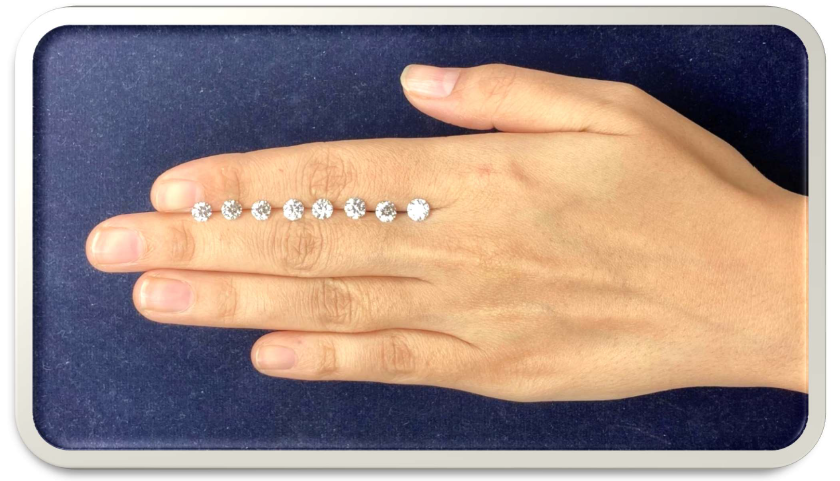
Magic sizes
Some carat weights are considered critical weights or magic sizes. That means if a diamond weighs at any of these critical weights, the price shoots up exponentially, not in a linear fashion. These magic sizes are 0.25ct, 0.50ct, 0.75ct, 1.00ct, 1.50ct, 2.00ct, 3.00ct, 4.00ct, 5.00ct and 10.00ct.
For diamonds with equal parameters in the other 3 Cs, the diamond value increases with carat weight mainly because of its popularity and global demand. If you can stay away from the magic sizes when buying diamonds, you can save upwards of 20% and there is no vast visual difference.
Diamonds that are not of these magic sizes are called off-size diamonds.
What is diamond measurement?
The cut is another equally important 4C. When a diamond is in the right proportions it emits maximum brilliance and sparkle. The diamond measurement is basically its size. It includes the shape, cut and the length-to width ratio of the gemstone. The size of a diamond is measured in millimetres (mm). The size denotes how large the diamond will appear when viewed from the top or from its table.
Standard diamond measurements roughly coincide with the carat weights. A 1-carat round diamond is typically 6.5 mm, while a 1.25-carat round diamond is 6.8 mm. Each diamond cut has a range of ideal length to width ratios depending on its shape. Here are some of the diamond shapes and their most proportional ranges that qualify as a good cut:
- Round: length to width ratio of 1.0 – 1.05
- Princess: length to width ratio of 1.0 – 1.04
- Cushion: length to width ratio of 1.0 – 1.08
- Emerald: length to width ratio of 1.3 – 1.4
- Oval: length to width ratio of 1.25 – 1.5
- Pear: length to width ratio of 1.45 – 1.75
- Marquise: length to width ratio of 1.85 – 2.0
The size of the diamond
Both the cut and the carat affect the size of a diamond.
As we have observed, a proper balance of carat weight and proportions in a diamond is achieved by finding the right size that will yield the best price for the stone. Thus, the diamond size refers to the height and width of the diamond, as well as the measurements of some of its key parts like girdle thickness. It determines the size and quality of the diamond cut. However, two stones of the same diameter or depth can still have different carat weights and vice versa.
Finally, the design element and the setting of the diamond will accentuate the size of the diamond.
In conclusion, now that we know the difference in carat, measurement and size, we are ready to buy the perfect solitaire engagement ring. But before you invest in a solitaire, request a diamond certificate, read the description of the diamond mentioned in the certificate, understand the carat weight, cut rating, length to width ratio, depth percentage, table percentage and girdle thickness of the diamond. All these, together with the other 2C’s – Clarity and Colour, will influence the final value of the diamond and how much you actually spend on that perfect engagement ring.
Visit us at Online Courses to know more.
